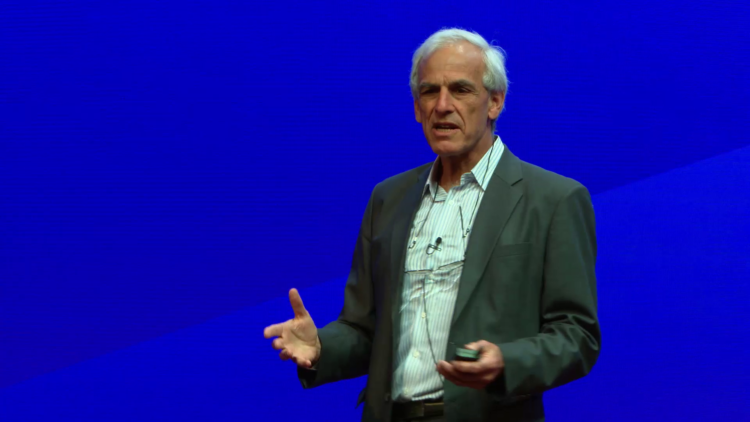The Era of Infotelligence – What might be possible in the future

Many people try to explain what will happen in the future, but instead I want to discuss what might be "possible" in the future. At the centre of this is what I call "infotelligence".
Three relationships are going to define the next ten years of technology change:
- Our relationship with each other, mediated by technology.
- Our relationship with technology.
- Our relationship with the real world, specifically our ability to measure, analyse, control and predict the future of that world.
People to People by technology
The big trend is immersive communications. This is fuelled by pervasive deployment of media-centric broadband (which can carry video streams at scale) and cheap flat screens. Between the two, it creates the possibility for audio-visual communications across the world.
But we can go further and start placing wearable devices onto and in some cases, into us to provide another level of immersive experience.
The beam me up, Scotty thing is almost a reality too so to speak. 360 cameras will be available soon that when viewed through virtual reality or augmented reality displays will enable us to walk around an immersive environment as though we're actually there. Not quite teleportation but we're getting there!
Our relationship with technology
In the last five years, something very strange and significant happened with voice recognition. Up until 2010, voice recognition plodded along at unusable rates - around about 60% to 70% recognition - which no one will tolerate. Suddenly in 2010, it kicked up and it's now, in 2015, almost better than human recognition and ready to sail past our human capabilities. Crucial to being able to have a relationship with technology is the ability to be able to talk to it. As a result, we're increasingly talking to the environment.
But again, we're beginning to go further than merely talking to our environment. A group at Monash University - led by Professor Jeffrey Rosenfeld - is putting a chip into the visual cortex of the brain, whereby the brain will attach itself to these chips and you can start measuring and influencing brainwaves. This provides a whole new level of interaction between humans and technology.
Relationships with the real world
Once you've got sensors attached to almost anything you can think of, combined with all the human information being produced, we have an abundance of data. We then use abundant computing in the cloud, with this abundant data and create big data technologies. This provides us with the ability to do new forms of analytics of which the most interesting is machine learning.
Machine learning is like human learning. We have no idea what the causal relationships are, but once you feed it data it will recognise the data, making predictions around certain outcomes. This is an exploding field.
If we gather copious amounts of data and machine learning, we can apply it to things like speech recognition. The reason why speech recognition 'kicked off' in 2010 is because Google applied machine learning to speech recognition, hence why we saw its capabilities head towards that of a human.
But there's some even more interesting things going on and it's happening right now.
In 2004 the academic opinion was that you couldn't create a self-driving car. By 2012, Google had not only created one, but had driven over 1,000,000 kilometres without incident.
The benefits if you do it, are enormous because the rules change. But we're going to have to change human behaviour because you've really got to trust the technology. The payoffs however are worth it, because 90% of road deaths are human error. We could save about 1,000 lives per year and 45,000 hospitalisation injuries.
This is where the application of technology in our real world environment is creating endless possibilities for us.
